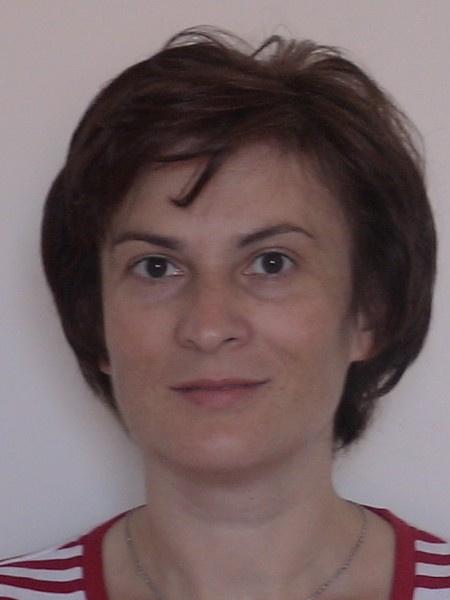abstract
Triboelectric nanogenerators (TENGs) are promising electric energy harvesting devices as they can produce renewable clean energy using mechanical excitations from the environment. Several designs of triboelectric energy harvesters relying on biocompatible and eco-friendly natural materials have been introduced in recent years. Their ability to provide customizable self-powering for a wide range of applications, including biomedical devices, pressure and chemical sensors, and battery charging appliances, has been demonstrated. This review summarizes major advances already achieved in the field of triboelectric energy harvesting using biocompatible and eco-friendly natural materials. A rigorous, comparative, and critical analysis of preparation and testing methods is also presented. Electric power up to 14 mW was already achieved for the dry leaf/polyvinylidene fluoride-based TENG devices. These findings highlight the potential of eco-friendly self-powering systems and demonstrate the unique properties of the plants to generate electric energy for multiple applications.
keywords
PIEZOELECTRIC NANOGENERATORS; SURFACE FUNCTIONALIZATION; CONTACT ELECTRIFICATION; GENERATION MECHANISM; PERFORMANCE; POLYMER; PAPER; FABRICATION; CONVERSION; MECHANORADICALS
subject category
Science & Technology - Other Topics; Materials Science; Physics
authors
Slabov, V; Kopyl, S; dos Santos, MPS; Kholkin, AL
our authors
acknowledgements
This work was developed within the scope of the project CICECO-Aveiro Institute of Materials, refs. UIDB/50011/2020 & UIDP/50011/2020, financed by national funds through the FCT/MEC. S.K. and A.K. were partly supported by FCT (Portugal) through the project BioPiezo - PTDC/CTM-CTM/31679/2017 (CENTRO-01-0145-FEDER-031679). M. Soares dos Santos was also supported by FCT, through the grant reference SFRH/BPD/117475/2016. All authors were partly supported by FCT through the project SelfMED (POCI-01-0145-FEDER-031132). Part of this work was funded by national funds (OE), through FCT-FundacAo para a Ciencia e a Tecnologia, I.P., in the scope of the framework contract foreseen in the numbers 4, 5, and 6 of the article 23, of the Decree-Law 57/2016, of August 29, changed by Law 57/2017, of July 19. The research was also supported by the Ministry of Education and Science of the Russian Federation in the framework of the Increase Competitiveness Program of NUSTMISiS(No. K2-2019-015).



